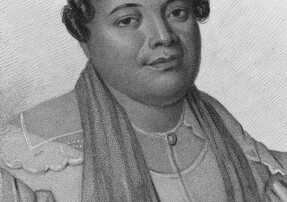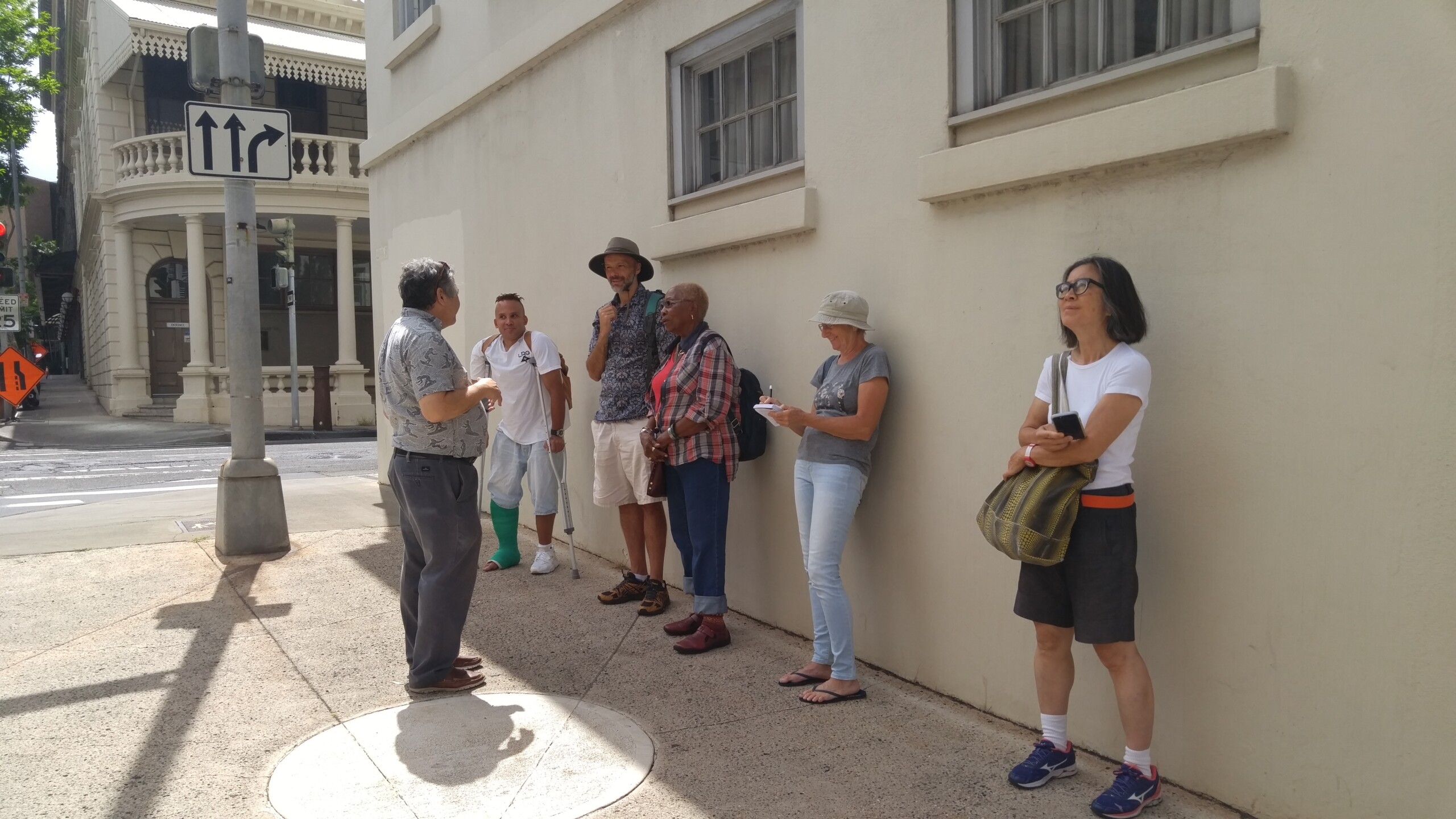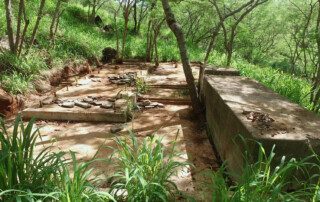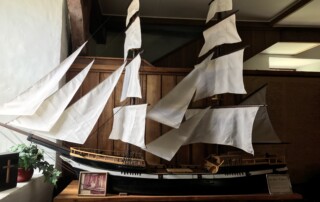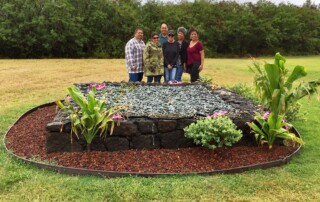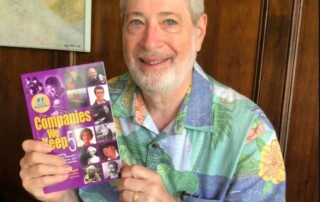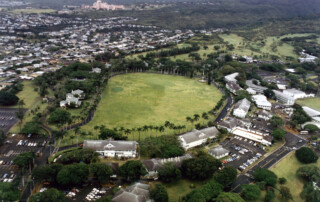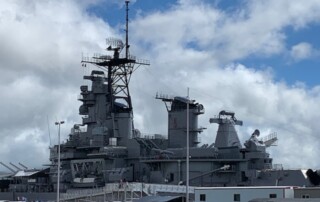Video replay & Q&A available: Kuhina Nui Kekāuluohi – Hawaiian Women, Power, and Law in the mid-19th century: A virtual presentation
More than 130 people from the Hawaiian Islands and Mainland joined us on July 9th for a presentation on the extraordinary life of Kuhina Nui Miriam Kekāuluohi. The topic of power, who holds it, how it’s enforced and the impact this has on society is especially relevant at this historical moment. View the full replay of Dr. Shirley Buchanan’s compelling presentation on the incredible life of Kuhina Nui Miriam Kekāuluohi below. Thank you, once again, for giving me this opportunity to share the history of Kekāuluohi. I appreciate all of the comments and questions that were posed and have provided some answers below. In a few cases I have combined questions since they were interrelated. In addition, many asked if the presentation or slides would be available via the recording. You can find the video recording above. Please feel free to contact me at sbuchana@hawaii.edu if there is additional information I can provide for you. Q: What kind of rights, autonomy, did women who were not in the ali‘i class have during this time? Can you speak about the cultural and/other background for the power of the Hawaiian women, and any changes since the 1800s? In this 100th year, when did women first vote in Hawai’i? I often get asked these questions when presenting information about the aliʻi women and there are multiple answers. The first thing I would point out is that Hawaiian governance was different from American or European governance. There was a greater stress on balance of power and one book that gives insight into Hawaiian governance is Dr. Noelani Arista’s new book, The Kingdom and the Republic: Sovereign Hawaiʻi and the Early United States [...]


